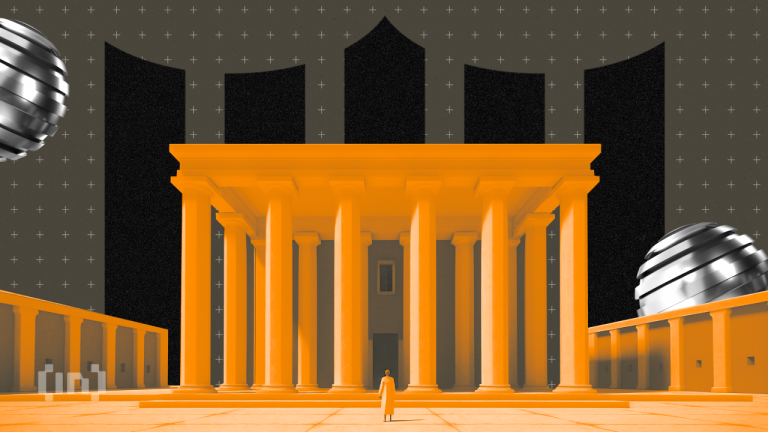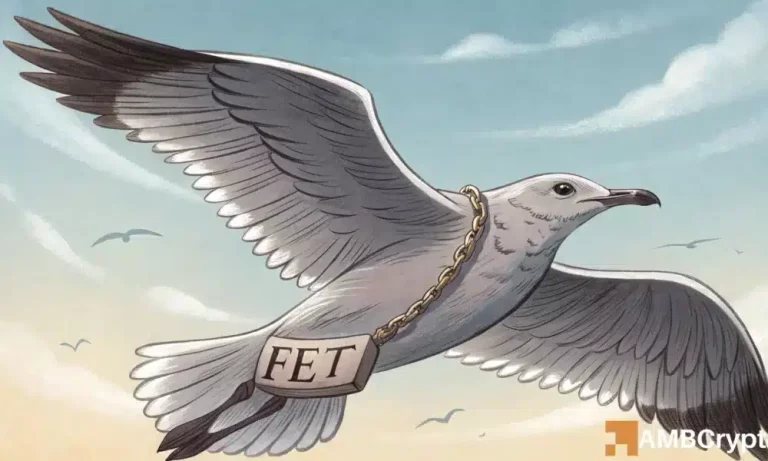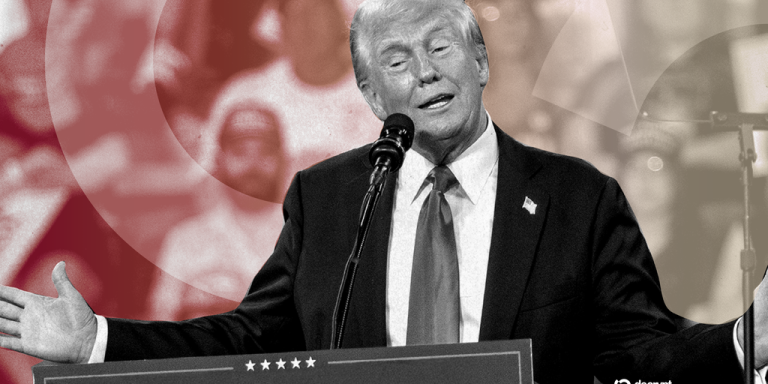
Cultural Fusion: Embracing Diversity in European Lifestyles by 2025
Cultural fusion, diversity, and European lifestyles are becoming increasingly intertwined, creating a unique and dynamic cultural landscape. As we approach 2025, it’s essential to understand the significance of this fusion and its impact on European societies.
Introduction to Cultural Fusion
Cultural fusion refers to the blending of different cultural practices, traditions, and values, resulting in the creation of new and exciting cultural expressions. This phenomenon is not new, but its pace and scale have accelerated in recent years, particularly in Europe.
Driving Factors of Cultural Fusion
Several factors are driving cultural fusion in Europe, including:
- Migration and diversity: The influx of people from different ethnic and cultural backgrounds has contributed to the diversification of European societies.
- Globalization: The increased flow of goods, services, and ideas across borders has facilitated the exchange of cultural practices and traditions.
- Technology: The widespread use of social media and digital platforms has enabled people to connect and share cultural experiences, further accelerating cultural fusion.
The Impact of Cultural Fusion on European Lifestyles
Cultural fusion is transforming European lifestyles in various ways, including:
- Cuisine: The blending of different culinary traditions has given rise to new and exciting food styles, such as fusion cuisine.
- Music and Arts: The fusion of different musical and artistic styles has resulted in the creation of unique and innovative cultural expressions.
- Fashion: The combination of different fashion styles and trends has led to the development of distinctive and eclectic fashion statements.
Benefits of Cultural Fusion
Cultural fusion has numerous benefits, including:
- Promoting diversity and inclusion: Cultural fusion celebrates the diversity of European societies, promoting inclusivity and social cohesion.
- Encouraging creativity and innovation: The blending of different cultural practices and traditions stimulates creativity and innovation, driving economic growth and development.
- Fostering global understanding: Cultural fusion helps to break down cultural barriers, promoting global understanding and cooperation.
Challenges and Opportunities
While cultural fusion presents numerous opportunities, it also poses challenges, such as:
- Cultural homogenization: The risk of cultural homogenization, where dominant cultures overshadow minority cultures, is a concern.
- Social integration: The integration of different cultural groups into European societies can be complex and challenging.
- Economic inequality: The benefits of cultural fusion may not be evenly distributed, exacerbating economic inequality.
Conclusion
Cultural fusion is transforming European lifestyles, promoting diversity, creativity, and innovation. While challenges exist, the benefits of cultural fusion far outweigh the drawbacks. As we approach 2025, it’s essential to embrace and celebrate cultural diversity, fostering a more inclusive and vibrant European society.





